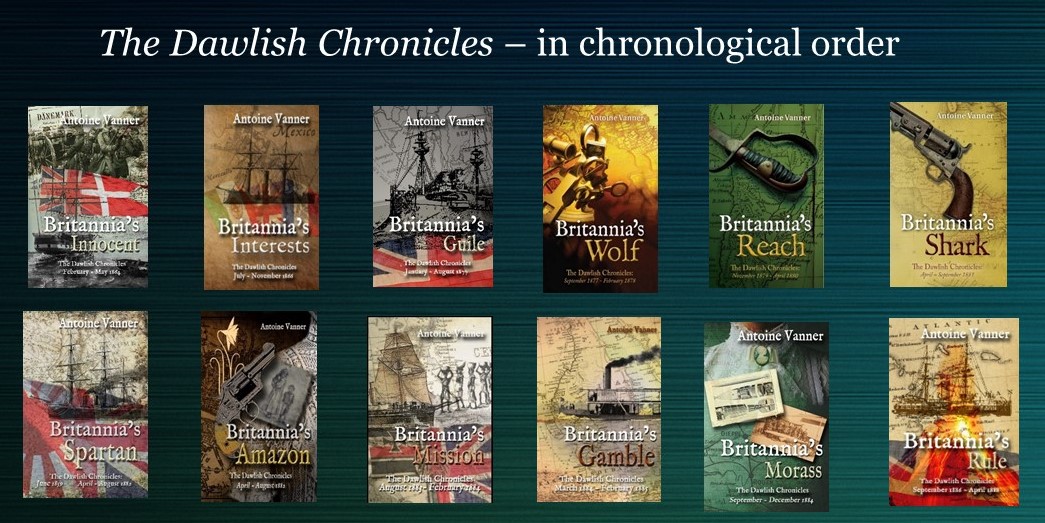HMS Transfer: cold-blooded courage – and service under four flags 1796 – 1804
Few warships can have sailed under the flags of four different nations, and to have seen action each time, in just eight years. This was however the distinction of the French-built privateer Quatre Frères, a 150-foot polacca commissioned in Bordeaux in 1796. Her name – Four Brothers – indicates that she was built by a family firm and that she might well have been used as a trader in earlier years. The polacca – a type of vessel common in the Mediterranean, and which appears often in the Aubrey-Maturin novels – could be two or three-masted, usually with a lateen hoisted on the foremast (which was slanted forward to accommodate the large lateen yard) and a gaff or lateen on the mizzen mast.
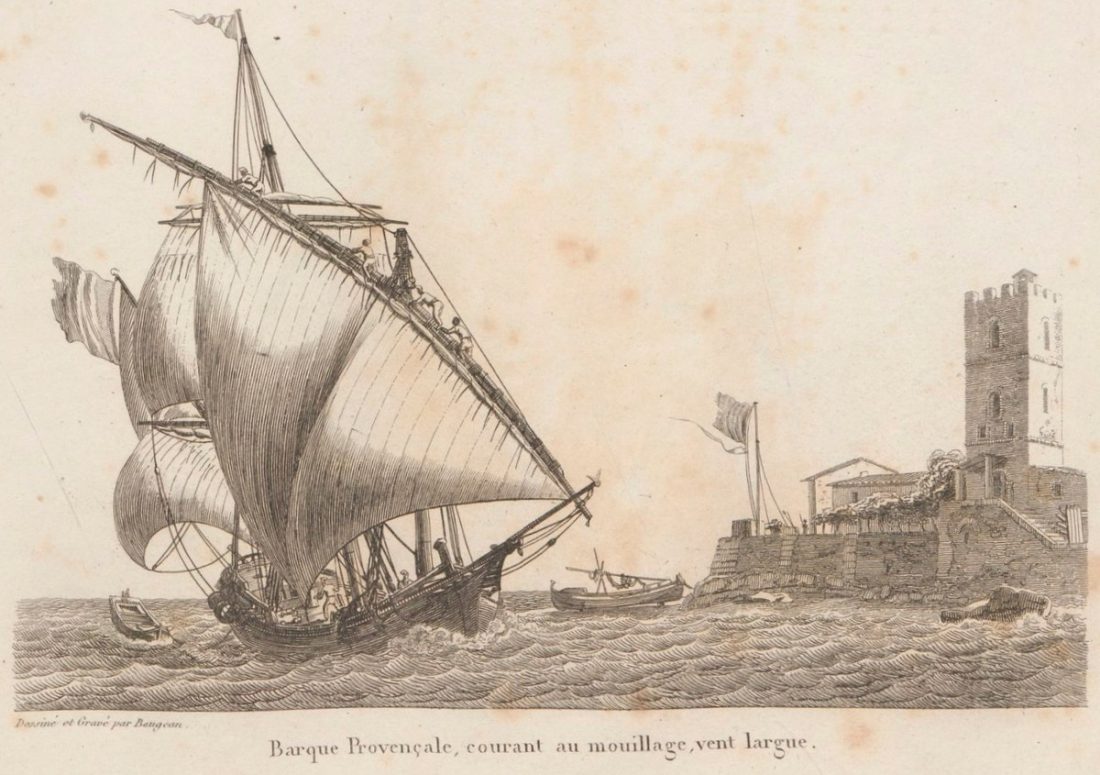
A classic Mediterranean polacca by Jean-Jérôme Baugean (1764 – 1819)
The Quatre Frères had only a short career in French service – though she did take two prizes – and she herself was captured in the Mediterranean by HMS Irresistible, a third-rate, in March 1797. She was taken into Royal Navy service, renamed as HMS Transfer and apparently re-rigged as a brig – a fact that indicates that she was probably two-masted to start with. Her armament now consisted of twelve 6-pounders.

Three-masted polacca – by Dominic Serres (1722-1793)
Lightly armed and most likely a fast sailing vessel, the Transfer was employed in carrying despatches and mail between Britain and the Royal Navy force blockading the Spanish naval base at Cadiz. It was in the course of these duties that her acting commander, a Lieutenant George Miller, was to display remarkable coolness when faced with potentially devastating odds. On 11th February 1799, HMS Transfer was returning from Britain and heading for the position where the blockading squadron was most likely to be found. Just before daybreak she found herself, in semi-darkness, in close proximity to other vessels and Lieutenant Miller assumed that they were British. As the light grew however, he realised that he was in the middle of a Spanish force which was protecting a number of merchant ships. This squadron had slipped out of Cadiz, when the British blockading force had been driven off by a gale. Before HMS Transfer could be identified as British, Lieutenant Miller had the presence of mind to run up America colours – thus giving the impression of a neutral ship. The ruse worked, though it must have taken an iron nerve to have carried it off. Miller ran past the Spanish line, as if heading directly for Cadiz, and was not challenged. Trailing the enemy squadron was what proved to be a small French privateer, the Escamoteur, armed with only three 6-pounders. Despite the proximity of the Spanish vessels, Miller attacked, boarded and captured this privateer and escaped, unharmed, to join the British squadron.
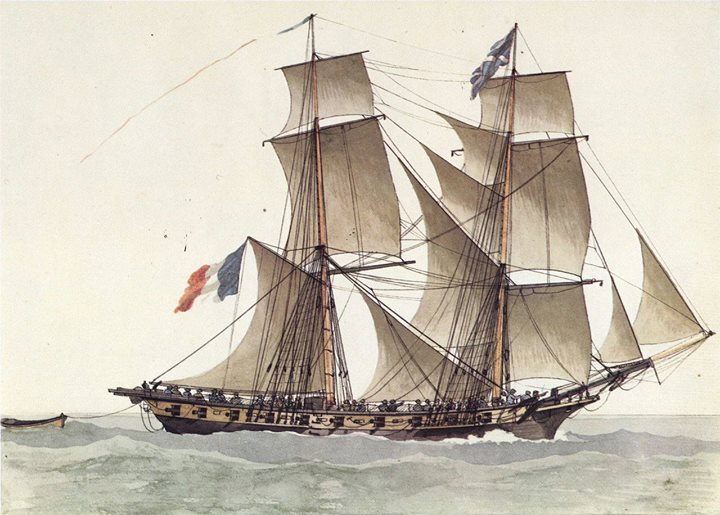
French brig-of-war by Antoine Roux (1765–1835). HMS Transfer would have looked generally similar after conversion from a polacca.
HMS Transfer saw significant action under British colours during the next three years but in 1802, during what proved to be the short-lived Peace of Amiens between Britain and France, she was sold at Malta to Ottoman Tripolitania, then coming under attack by the United States Navy in the First Barbary War. She was used as a blockade-runner but was captured in March 1804 by the brig USS Syren.
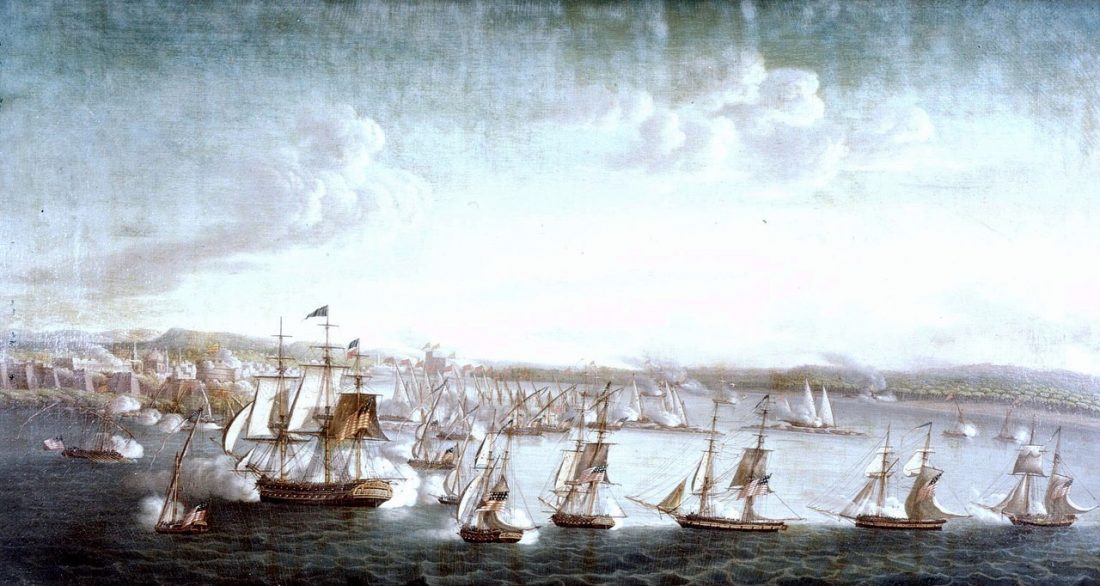
USS Syren (fourth from right) during bombardment of Tripoli, 1804. Painting by Michele Felice Cornè 1752-1845
Once again under new ownership, the ex- Quatre Frères, ex-Transfer was taken into American service as the USS Scourge. She was now turned on her previous owners and participated in US Navy’s attacks on Tripoli before being sent back to America late in 1804 for coastal duties. By the time war broke out between the United States and Britain in 1812, USS Scourge was judged unfit for further naval use and sold at auction. It would be interesting to know her ultimate fate.
Few vessels can have seen such rapid changes of ownership in an eight-year period as this small vessel did between 1796 and 1804.
New Book by Antoine Vanner – his first non-fiction title
Broadside and Boarding
Small scale action in the Age of Fighting Sail 1740 – 1815
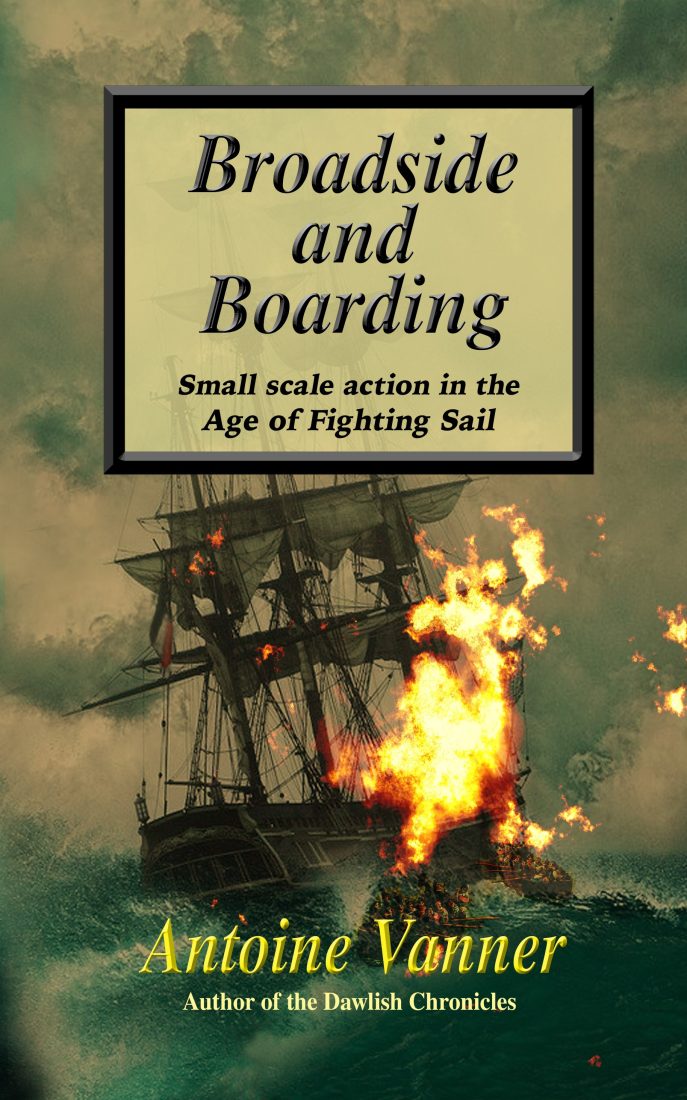 Antoine Vanner is a novelist, not a formal historian. Broadside and Boarding is hisfirst non-fiction work, though he has published twelve volumes so far of the Dawlish Chronicles series of naval adventure, set in the late 19th Century.
Antoine Vanner is a novelist, not a formal historian. Broadside and Boarding is hisfirst non-fiction work, though he has published twelve volumes so far of the Dawlish Chronicles series of naval adventure, set in the late 19th Century.
This new book refers to an earlier era, the Great Age of Fighting Sail that spanned the years 1740 – 1815. It tells largely forgotten real-life stories of small-scale actions, not of the great fleet battles like Trafalgar. Many involve little more than a handful of resolute men fighting their own lonely and desperate battles, small epics that still inspire.
Broadside and Boarding is not a formal history but a collection of some eighty articles. Reading times vary from ten to fifteen minutes. They’re ideal for coffee or tea breaks, for when one is waiting for a train or flight, for delays of all kinds and for when mood precludes a prolonged reading session. This is a book that belongs on bedside tables and in guest rooms, in cars’ glove compartments or, in Kindle format, in briefcases and handbags, always readily accessible.
Uncovering these stories demanded searches not just in classic and near-contemporary histories of the time but in smaller and obscure books perhaps unopened for decades. In many cases there are direct quotes from reports or letters written in the immedate aftermath of the events involved. These are often touching and sometimes inspirational, bridging the centuries through recognition of our shared humanity.

